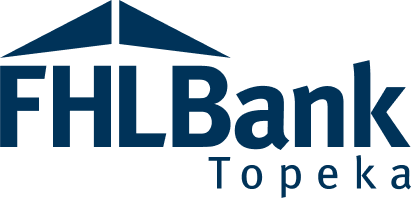LONG TERM MONITORING
All rental projects that did not receive Low Income Housing Tax Credits are subject to Long Term Monitoring (LTM). The LTM process begins the second year after project completion. It consists of two processes: Annual Reports — due every year until the 15-year retention period expires, and Tenant Files — due every two, four, or six years depending on the amount of the AHP Subsidy.
ANNUAL REPORTS
Annual Reports are requested in the first quarter of every year and are due about a month later. The process includes two parts: the Certification by Project Owner and the Rental Project Report.
1. Certification by Project Owner
- Project Information
- Contact information is required for owner, sponsor and member to ensure the Annual Report request is received by the correct person.
- In many cases, the project sponsor and owner are the same entity. If so, different people can be listed as contacts or the same. Indicate the contact person in both places.
- The project owner certifies the project is in compliance with the listed items.
- If the project is not meeting any of the criteria, additional information or explanation may be needed. The document will indicate if this is the case.
- It must be signed by the project owner, sponsor and member.
2. Rental Project Report (RPR)
- Income Targeting
- The tenants’ incomes must fall within or be more restrictive than the Area Median Income (AMI) percentages agreed to in the AHP Agreement or most recent modification, if applicable.
- Income reported can be from initial certification when the tenant moved in or, if the tenant’s income was recertified in the past three years, the recertification income can be used.
- Refer to FHLBank Topeka’s Income Calculation Guidelines (on the Forms page) for instruction on how to calculate income. Other organization’s (such as HUD or USDA) calculate income differently, and the AHP calculation method must be used.
- Rent Affordability
- The current rent charged to the tenants must be below the maximum allowable rent.
- Rents cannot exceed 30% of the income of a household of the maximum income and size expected to occupy the unit (assuming occupancy of 1.5 persons per bedroom or 1.0 persons per unit without a separate bedroom).
- The maximum affordable rent is listed on the Rental Project Report (RPR). The RFR is available on the Forms page.
- Tips for Completing the RPR
- Follow the instructions on the top left, which correspond with highlighted cells.
- The tenants listed must be residing at the project as of the RPR date on the top right.
- The tenant portion monthly rent is what the tenant paid as of the RPR date on the top right.
- The total monthly rent is the tenant paid rent plus rental assistance received. When no rental assistance is received, the two figures will match.
- The tenant’s income at move-in can be used for every RPR submitted. Documentation verifying income at move-in must be maintained so it can be provided if requested.
LONG TERM MONITORING TENANT FILES
- A percentage of the tenants listed on the RPR will be randomly selected for targeting and affordability verification on a schedule, dependent on the amount of AHP Subsidy
- Projects that received $100,001 to $250,000 of subsidy — tenant files will be reviewed at least once every six years, starting from project completion.
- Projects that received $250,001 to $500,000 of subsidy — tenant files will be reviewed at least once every four years, starting from project completion.
- For projects receiving more than $500,000 of subsidy — tenant files will be reviewed at least once every two years, starting from project completion.
- The Project must submit documentation that verifies the tenant’s income and rent is consistent with the Annual Report RPR
- The list of randomly selected tenant files will be requested no later than the third quarter during the year the Project is scheduled for LTM Tenant File Review.
- If reviewers determine documentation is not sufficient, the calculation method was incorrect, or discover other issues with the tenant file, additional tenant files may be requested.
- Tenant file review must be completed by the end of the year.
